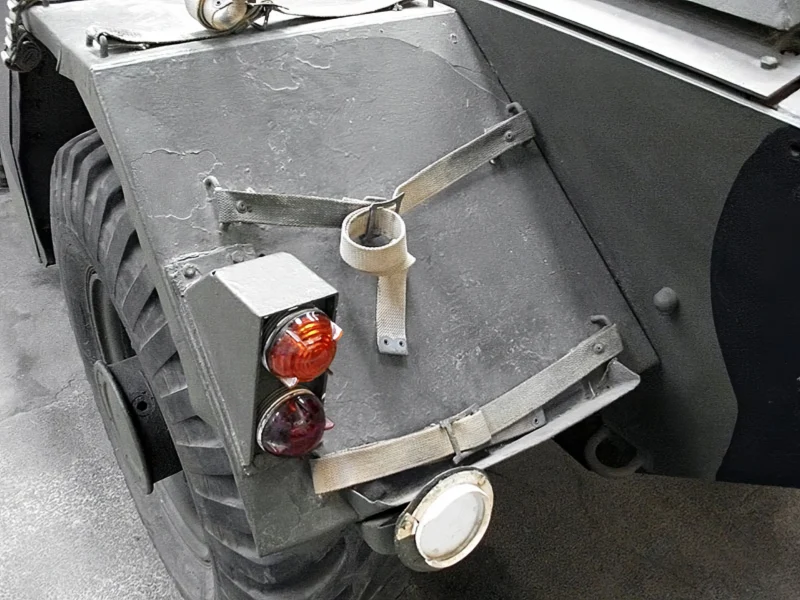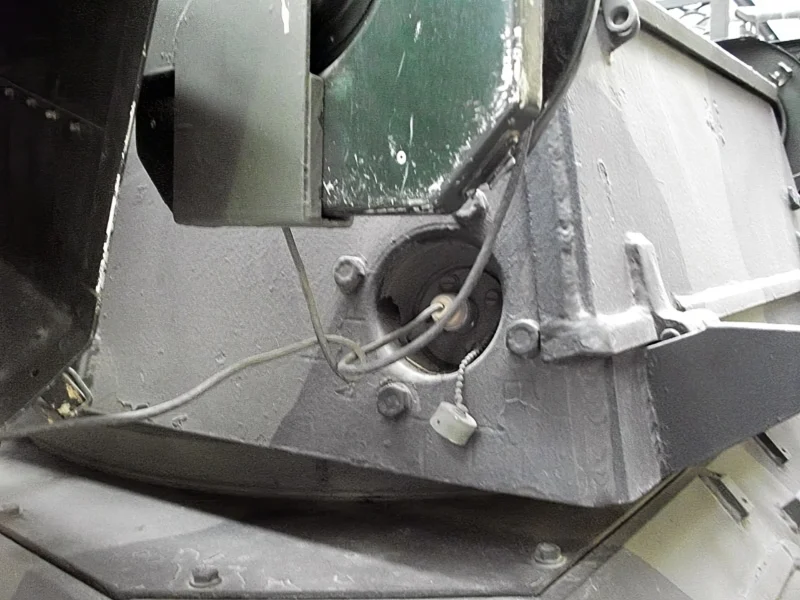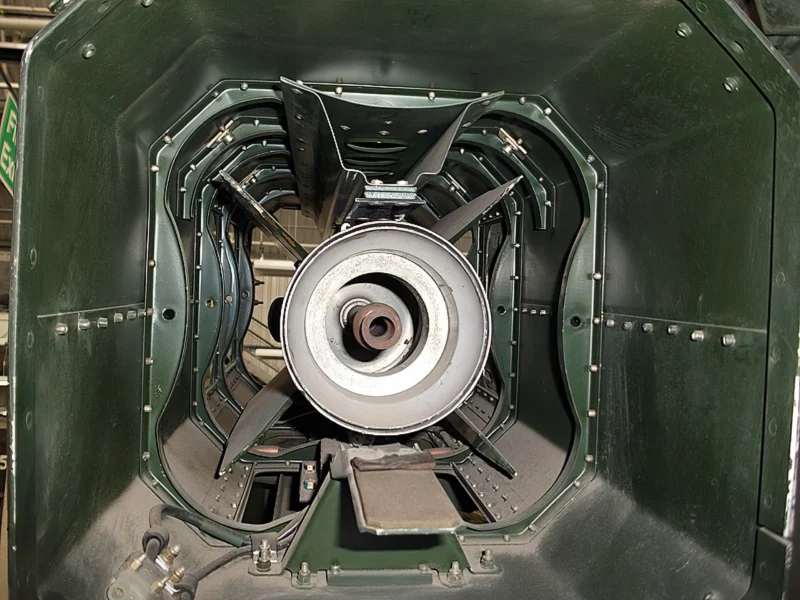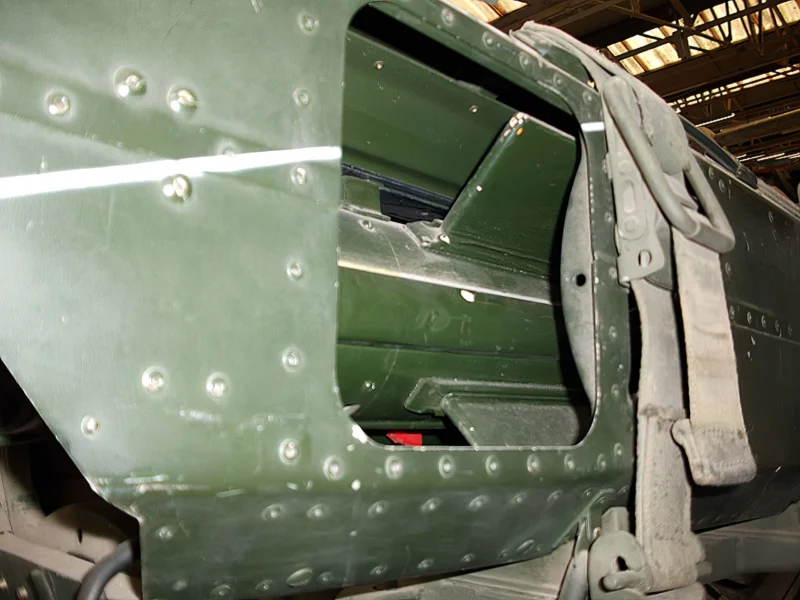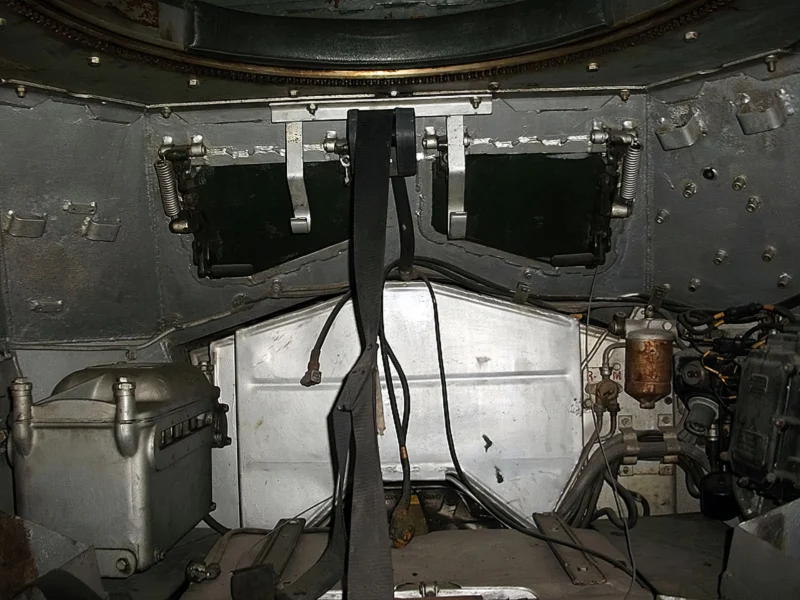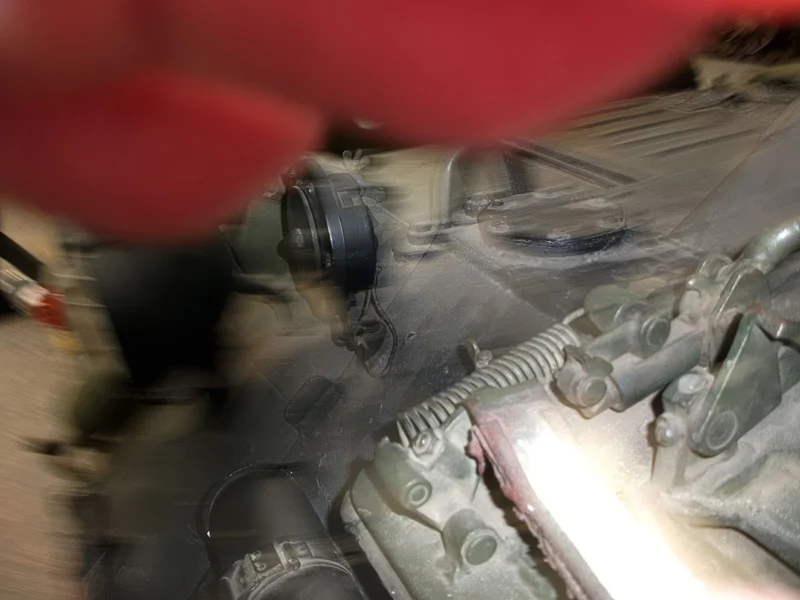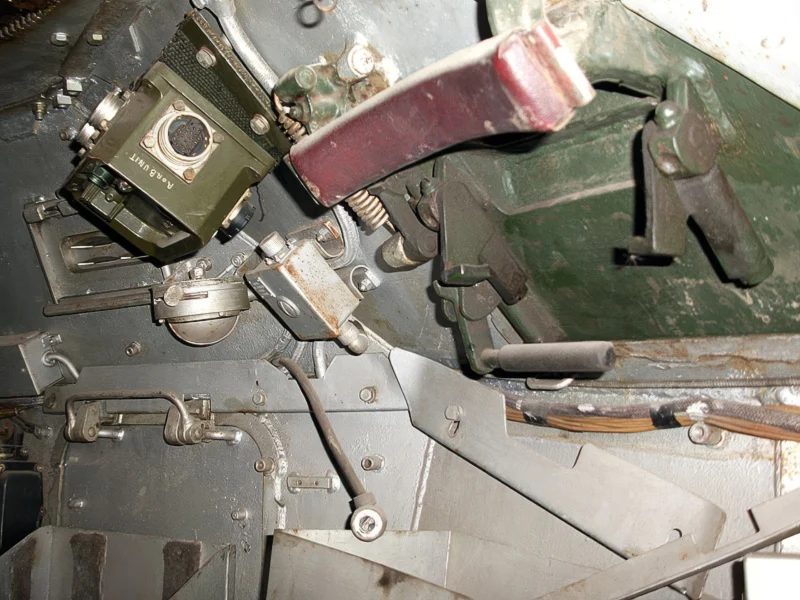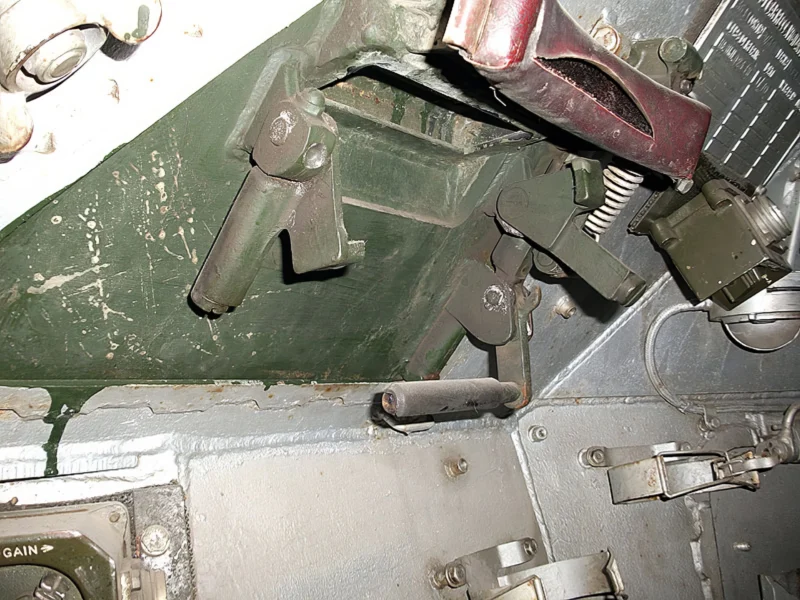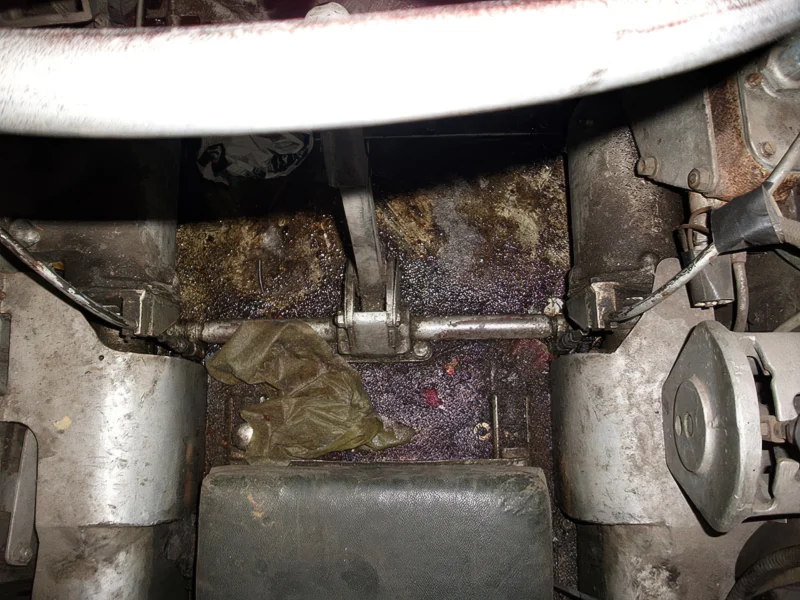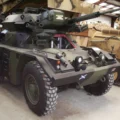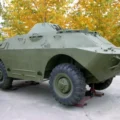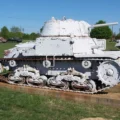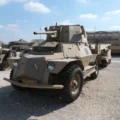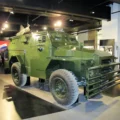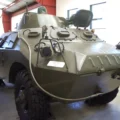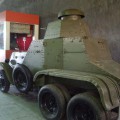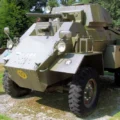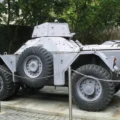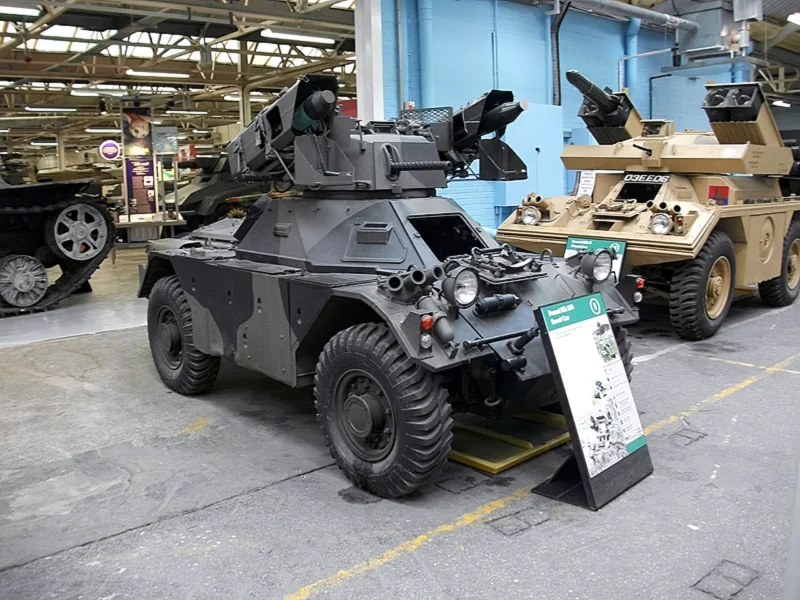
Ferret Mk 2-6 | |
|---|---|
| País | Uk |
| Tipo | Coche blindado |
| Producción | 1952-1971 |
| Descripción | Álbum de 38 fotos walk-around de un «Ferret Mk 2-6» |
Galería de fotos de un Ferret Mk 2-6, El Coche blindado de hurón, también comúnmente llamado el coche Ferret Scout, es un vehículo de combate blindado británico diseñado y construido con fines de reconocimiento. El Ferret fue producido entre 1952 y 1971 por la compañía británica Daimler. Fue ampliamente adoptado por regimientos en el ejército británico, así como por los países de la Commonwealth durante todo el período.
Fuente: Wikipedia
Ver también:
el Daimler Ferret Scout Car is a highly successful British armored car developed for reconnaissance and liaison duties in the post-World War II era. The Ferret Mk 2/6 (sometimes referred to as the Mk 2/6) is a specific, later variant of the Mk 2 series, designed primarily to enhance its anti-tank capability.
The Ferret entered service in 1952 and was built upon the lessons learned from the earlier Daimler Dingo scout car, prioritizing speed, maneuverability, and a low profile.
General Characteristics
- Rol: Light Reconnaissance, Liaison, and Anti-Tank.
- Manufacturer: Daimler Motor Company (UK).
- Tripulación: 2 (Driver and Commander/Gunner).
- Movilidad: It is a 4×4 wheeled vehicle known for its exceptional agility and tight turning circle. It utilized a pre-selector gearbox that allowed for quick gear changes and could run equally well in forward or reverse.
- Motor: Powered by a **Rolls-Royce B60 6-cylinder petrol engine** producing 129 horsepower. This gave the small, light vehicle a top road speed of over 90 km/h (56 mph).
- Armadura: The armor is light, consisting of welded steel plates, sufficient only for protection against small-arms fire and shell splinters, consistent with its reconnaissance role.
The Mk 2/6 Variant
The Mk 2 series of Ferrets introduced a **small, fully rotating turret** to the design, providing better protection and a more stable platform for the crew and primary armament compared to the open-topped Mk 1.
el Mk 2/6 was created by fitting the standard Mk 2 turret with a specialized anti-tank armament:
- Primary Armament: It was armed with four **Vigilant anti-tank guided missiles (ATGMs)** mounted on the turret sides.
- Secondary Armament: Typically retained the **.30-caliber Browning machine gun** mounted coaxially in the turret.
This configuration allowed the Mk 2/6 to operate on reconnaissance missions while possessing the firepower to engage and potentially destroy main battle tanks at a distance, significantly increasing its lethality and tactical utility. The Vigilant missile system gave the Ferret a much-needed long-range punch that was lacking in the purely machine-gun-armed variants.
Historial de operaciones
The Ferret family served with the British Army and Commonwealth forces for decades, proving robust and popular. The Mk 2/6, like other Ferret variants, was widely exported, seeing service in countries across Africa, Asia, and the Middle East. Many Ferrets are still maintained in active reserve or parade duty worldwide due to their reliability and simplicity.
Vistas : 3189
